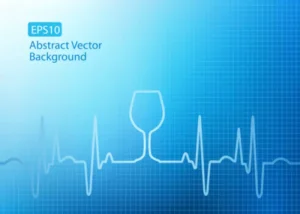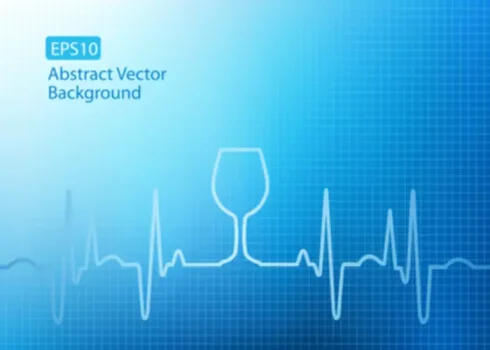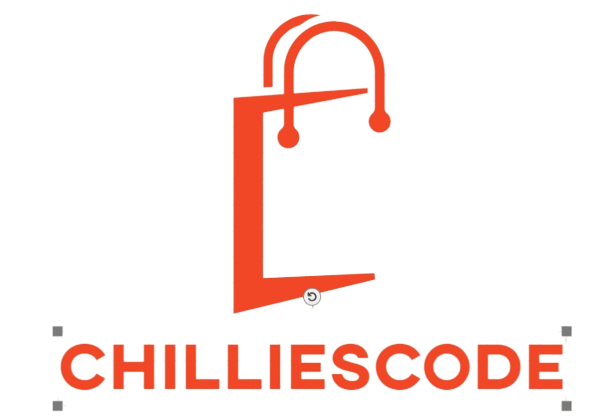Overcoming Meth Addiction: A Guide on Crystal Methamphetamine Treatment

The Matrix Model is a comprehensive treatment approach specifically designed to address the challenges of stimulant addictions, including methamphetamine and cocaine. Developed during the 1980s by the Matrix Institute in Los Angeles, this model responds to the unique needs of individuals battling stimulant use disorders. It integrates various evidence-based therapies to support recovery, emphasizing the importance of a structured environment for effective treatment. Detox is the next step in addiction treatment in which methamphetamine is safely removed from the body.
Personalized Virtual Mental Health Services at Your Fingertips
- Narco’s scientists doubted pharmaceutical giant Eli Lilly’s marketing, which claimed that the drug could be a highly effective, non-addictive, long-acting painkiller.
- Unlike some other substance use disorders, such as opioid addiction, which have several FDA-approved medication options, methamphetamine addiction currently lacks such targeted pharmacological treatments.
- This can make it difficult to simply stop using the drug once you’ve started.
- Although no evidence-based pharmacological treatments currently exist to manage methamphetamine withdrawal effectively, certain interventions have shown preliminary promise.
- The most common street name for crystal meth is ice, but it is referred to as blade, glass, crystal glass, hot ice, quartz, or tina, amongst many other names.
- The method by which the substance enters the body—for instance, smoking vs. snorting—can modify the impact of the drug and a person’s tendency to become addicted to it.
You experience mental and physical effects (withdrawal) if you stop taking the drug. Sam Gor is primarily involved in drug trafficking, earning at least $8 billion per year.198 Sam Gor is alleged to control 40% of the Asia-Pacific methamphetamine market, while also trafficking heroin and ketamine. The organization is active in a variety of countries, including Myanmar, Thailand, New Zealand, Australia, Japan, China, and Taiwan. Understanding the causes of meth addiction is essential for offering help.
Psychological Effects of Long-term Meth Addiction
Supporting a loved one involves encouraging their treatment, learning about their challenges, attending family therapy sessions if available, and creating a supportive home environment that discourages drug use. The combination of naltrexone and bupropion has been studied for its efficacy and safety, providing a new tool for physicians dealing with methamphetamine use disorder. The treatment method teaches people how to identify and correct problematic thoughts and behaviors that trigger drug use. It also teaches them strategies for maintaining abstinence and improving self-control. Quitting meth suddenly can cause distressing withdrawal symptoms that are similar to those of cocaine withdrawal, but meth can cause longer and more intense periods of depression.

Counseling And Therapy
You can expect to encounter some difficult emotions that are common to those suffering from addiction, including denial, anger, and justifications of their use and the problems caused by it. Research has identified a dual drug regimen combining Naltrexone and Bupropion that shows significant promise for treating meth addiction. This combination helps reduce depression and cravings, which are critical in the recovery process.
Policy and Access to Treatment

Let’s talk about what happens in meth rehab, from the first steps to getting back on your feet. But in reality, it can be a safe place to get help with meth addiction. People who complete treatment often face triggers that lead to cravings. They may go back to alcohol rehab old neighborhoods where they used to engage in meth use, which can lead to relapse.

According to the National Institute on Drug Abuse, studies have shown that chronic meth use alters the part of the brain that controls emotions and memory. By the six-month benchmark, people have transitioned from learning meth abuse new skills to sustain sobriety to knowing the signs of relapse, maintaining a new lifestyle and identifying new areas of interest. Methamphetamine is an addictive drug that has energizing (stimulant) effects.
- Now that you have a greater understanding of meth addiction, the signs, symptoms, and options for treatment, it is time to take the next step toward a new life.
- Increased appetite is another feature, reflecting the body’s need to replenish nutrients lost during periods of methamphetamine use.
- Be an open ear and avoid judging them; you may find that this helps to diffuse hostility and allow them to come to terms with their need for addiction treatment.
- For example, benzodiazepine medications can be prescribed for patients that become agitated or panicked as a result of their bodies adjusting without meth.
Inpatient rehabilitation
- By understanding the addiction, building a support system, and encouraging professional help, you can be a vital part of their healing journey.
- If at all possible, try to catch them at a sober time (ideally, when motivation to get better is high) to speak with them about going into treatment.
- Additionally, cognitive enhancement agents such as galantamine, modafinil, atomoxetine, methylphenidate, and guanfacine are showing potential in improving treatment outcomes.
According to the Counseling and Psychological Services department at University of California, Santa Cruz, urges to use meth often last only 15 to 30 minutes. Knowing that these feelings will subside can help people avoid giving in to urges. Although research shows that CM interventions reduce meth use, it isn’t clear whether this continues once treatment has ended.
Breaking the cycle of addiction and confronting cravings can be difficult when you aren’t in the controlled, drug-free environment of an inpatient program. Outpatient treatment, however, is less disruptive to a person’s life. It is often preferable for people with meth addiction depending on insurance coverage, job constraints and other limitations.
